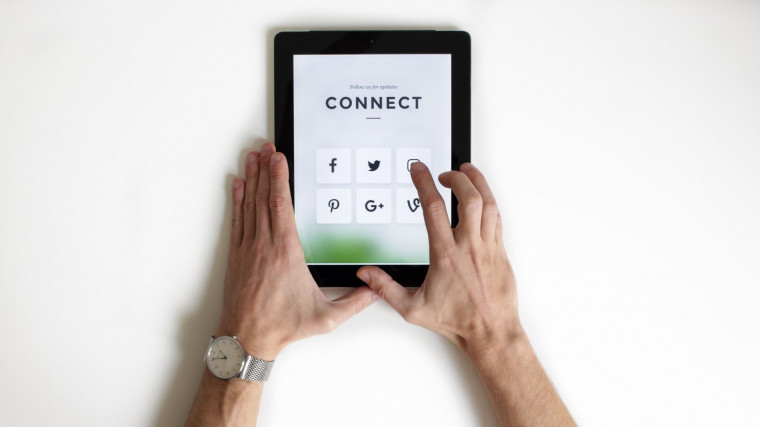These days, we are well on our way to becoming a Smart Nation, a journey that started in 2014.
Increasingly sophisticated digital systems have been developed, ranging from e-payments to reduced crowding in buses. With Covid-19, most of us remain in sync with the Smart Nation plan as we adopt digital technology to work and connect. This is important as Singapore’s post-pandemic recovery depends on our further development of a digital society.
In transitioning to this new cashless, contactless cloud-based society, digital options are often implemented with non-digital alternatives. For example, Golden Village cinemas use a digital ticketing system paired with a traditional physical counter so that patrons can choose between tapping for their movie or getting an attendant to book their tickets for them.
And many Singaporeans have grown used to this lifestyle, where a tap of a finger or a swipe of a phone opens doors and pays bills.
However, there is a demographic that is slower on the uptake of these digital options — low-income seniors.
This is because of a lack of digital literacy, in other words, low-income seniors may not own digital devices, have internet connectivity, or know how to use them.
Other stories you might like



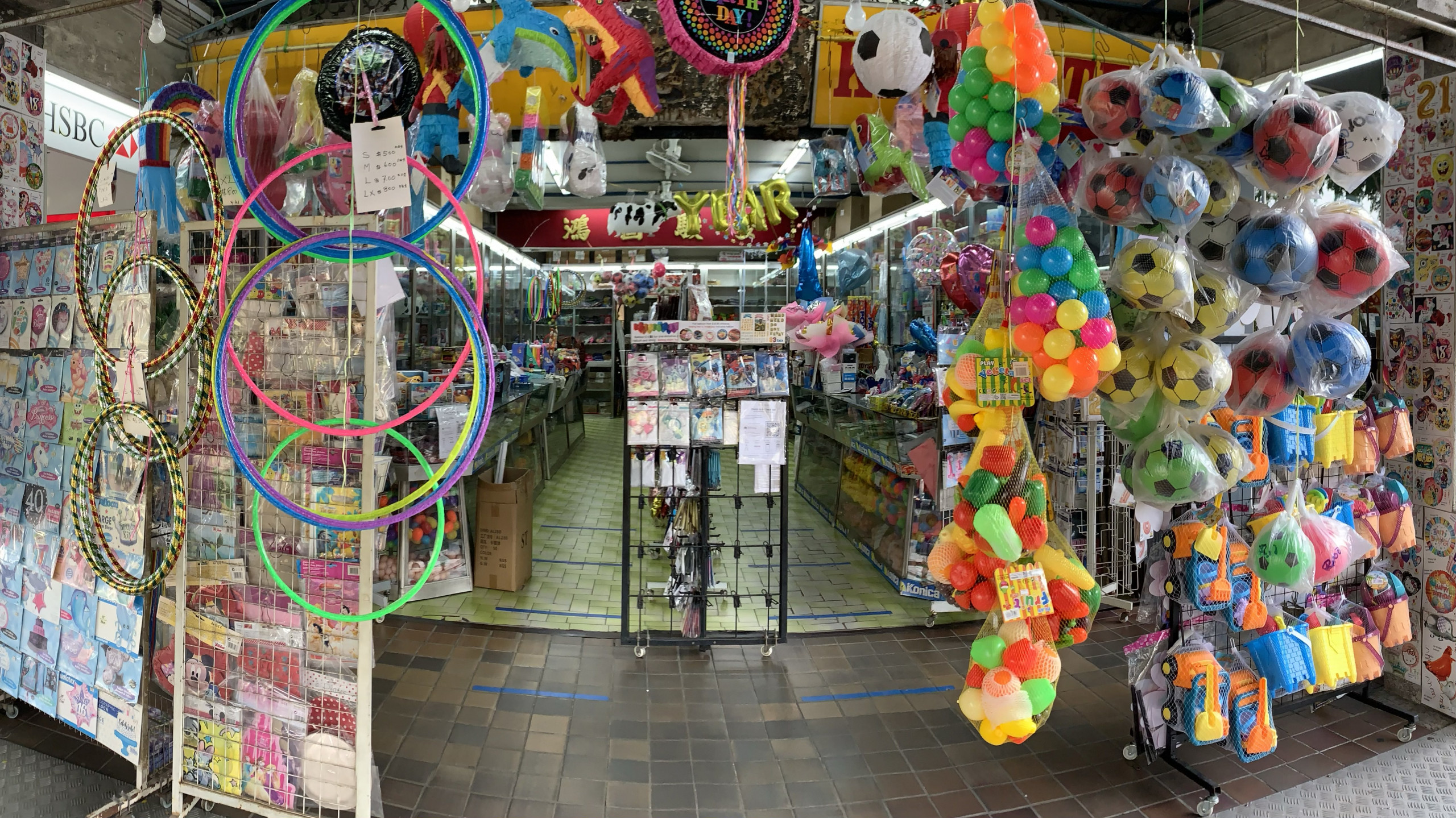
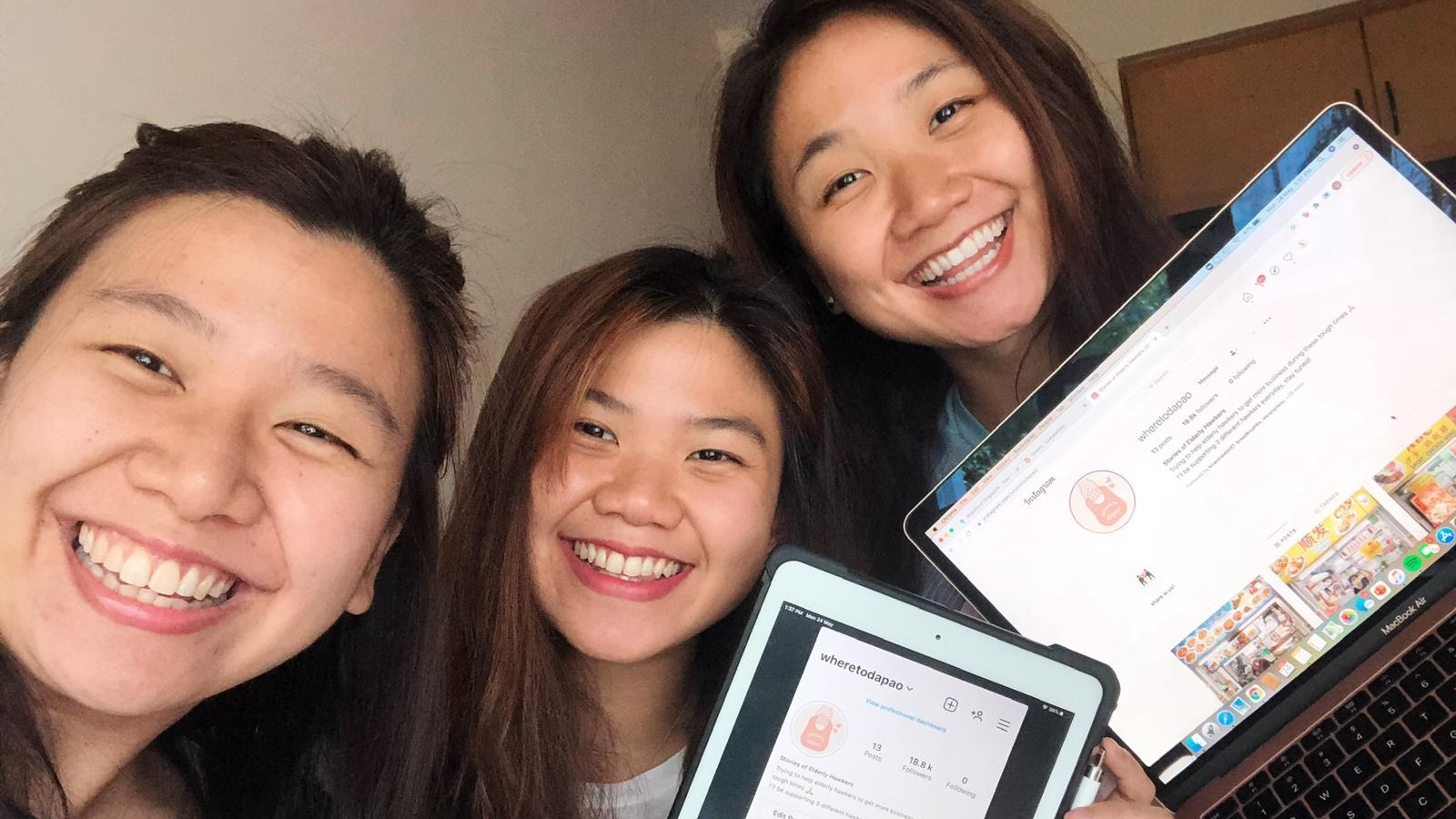
Various measures do exist to alleviate the financial and knowledge barriers to picking up IT-skills faced by low-income seniors. For instance, the PA Senior Academy Certification provides IT-related training to seniors at Community Centres for as low as $10, and IMDA’s Mobile Access for Seniors — a programme under its Seniors Go Digital campaign — provides subsidised smartphones and broadband connection.
However, these measures aren’t bridging the digital divide.
According to the HDB Sample Household Survey in 2018, the largest age group of residents living in 1- or 2-room HDB flats is seniors aged 65 and above, making up 38 per cent and 22 per cent of residents respectively.
And of these households residing in 1- and 2-room HDB flats, only 45 per cent have internet access and only 31 per cent have a personal computer.
Reasons beyond tight finances deter seniors from improving their digital literacy.
To find out more about what these seniors think about digital literacy, The Pride meets several beneficiaries of The New Charis Mission, a non-profit organisation and halfway house that does outreach work with ex-offenders, youth, prisoners, and the low-income elderly.
Its Elderly Services team cares for seniors living in rental 1-room flats through weekly befriending sessions, festive celebrations, monthly free haircuts, and home improvement projects.
In an HDB block a short walk from Ang Mo Kio Community Centre, we meet Uncle Lim, Auntie Aminah, and Auntie Dorothy.
Lim Swee Hoe, 72

Uncle Lim is welcoming and chatty as he offers me a packet drink, chilled from the fridge in his 1-room flat. He shares that while he owns a smartphone, he doesn’t access any online content. He uses it just to text and call his friends.
To him, there’s no reason for seniors to learn to use digital technology. He says in Mandarin: “The computer is needed for young people to work — not needed for us at our age.” He knows he has SkillsFuture credits but added that he won’t use them to attend IT courses.
For Uncle Lim, digital literacy is a personal preference. He believes that if someone doesn’t want to use digital devices, there’s no need to force them to do so. He likens it to having a preference on how to live his life: “For example, I like eating noodles and you like eating rice.”
Or as us digital folk would say it — “You do you.”
Yet with government services being online and requiring a SingPass to access, Uncle Lim is unable to check his CPF account or pay his monthly bills online.
Instead, he goes to Ang Mo Kio Central’s HDB Branch to pay his rent and 7-Eleven to pay his phone bills. Uncle Lim says he doesn’t check his CPF, but The New Charis Mission staff tell us that some residents access their CPF services at the CPF Bishan Service Centre.
To Uncle Lim, he manages just fine without the services’ online alternatives; he doesn’t mind taking the extra time to settle his bills.
As for entertainment options, Uncle Lim says that he knows about YouTube and other streaming platforms that can provide all kinds of shows and music, but he says he doesn’t use them—the content doesn’t interest him anyway, he adds.
He is satisfied with listening to the radio and watching television, and spends 1.5 hours a day going out for a walk to exercise and to catch some sun.
What about smartphone games, I ask. Uncle Lim doesn’t think they’re a worthy use of time either. He says that he keeps seeing his friends live sedentary lifestyles as they sit, glued to their screens.
“When I leave for my walk, they’re using their phones. When I return from my walk, they’re still using their phones. It doesn’t do them any good.”
Uncle Lim has a point but games aren’t just mindless time-sinks. Software developers have created smartphone games that aim to combat cognitive decline and age-related syndromes like dementia. Such games, if consumed in healthy amounts, may be greatly beneficial to seniors.
Uncle Lim listens as I tell him but still shakes his head, saying he’d rather focus on physical exercise; all this mental stuff doesn’t interest him, he adds.
Aminah Ali, 76
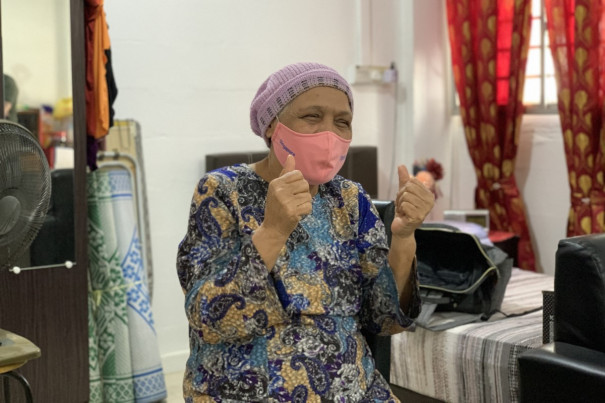
Auntie Aminah doesn’t own any digital devices. She is cheerful and speaks animatedly as she sits in her 1-room flat fully equipped with snacks. Her landline is sufficient for her to have a good conversation with a friend, she laughs.
Auntie Aminah knows about IT courses for seniors. But she says in Malay: “There’s no use for me to learn because it’ll be one ear in, one ear out.”
She believes that she’s too old to remember what’s taught in the lesson and therefore it’s not worth the trouble to attend.
It doesn’t help either, that when she talks to her friends, they complain about their problems with learning to use their smartphones, giving her the impression that digital literacy is too difficult to learn.
Like Uncle Lim, Auntie Aminah sees digital technology as something that only benefits young people. She says, “let the young people learn,” and is happy that they are staying up to date but doesn’t see the value of it for seniors like her.
Auntie Aminah’s 27-year-old granddaughter, Nor, who was visiting her grandmother when we arrived, says that while Auntie Aminah chooses to live alone because she likes her independence, she remains very close to her children and grandchildren.
Before Covid-19, they would all meet regularly for family meals. However, during the circuit breaker, Auntie Aminah was unable to see her family and had to rely on phone calls to stay in touch.
It is better now, with the lifted restrictions allowing visitors, but Auntie Aminah recalled how she missed seeing the faces of her family during the circuit breaker.
During last year’s circuit breaker (and even now!), many of us depended on video calls to friends and family to retain that sense of togetherness and human interaction. If they had the know-how or had someone to teach them how to use the technology, Uncle Lim and Auntie Aminah could have greatly benefited from being able to video call their loved ones when they couldn’t meet in person.
There is help for seniors like them though, remote activities organised by senior centres have helped to create some normalcy in seniors’ lives after Covid hit.
Pereira Dorothy, 70

Auntie Dorothy lives in her 1-room flat with her daughter, Annabell. They are warm and friendly, their care for their neighbours evident with the bottle of hand sanitiser and a packet of wet wipes outside their front door, for anyone walking by to use.
Soft-spoken Auntie Dorothy shakes her head with a smile as she shares that she doesn’t own any digital devices as she’s content with her landline for chatting with friends and the television for entertainment.
Annabell shares that the payment of bills and her mother’s medical appointments “all go through me” — it’s easier that way so she can accompany her to the doctor’s.
If Auntie Dorothy were digitally connected, the development of telemedicine would help to alleviate some of Annabell’s responsibilities.
In 2017, Integrated Health Information Systems (IHiS), the tech agency for public healthcare institutions, launched the Smart Health Video Consultation platform, which is being used by 9 healthcare institutions and 31 community care partners across Singapore, including hospitals and polyclinics.
The platform supports multi-party high-definition video and audio quality, and enables document sharing and annotation. This enables seniors like Auntie Dorothy to consult their care team at home without compromising on care. It saves on transportation costs and waiting time, and is particularly helpful for carers like Annabell who wouldn’t need to worry about taking time off work for their loved ones’ check-ups.
Auntie Dorothy is aware that she can attend subsidised IT classes but she isn’t interested. Since Annabell is around to help with the digital side of things, both of them agree that there’s “no need” for Auntie Dorothy to own a smartphone or increase her digital literacy.
How do we get seniors interested?
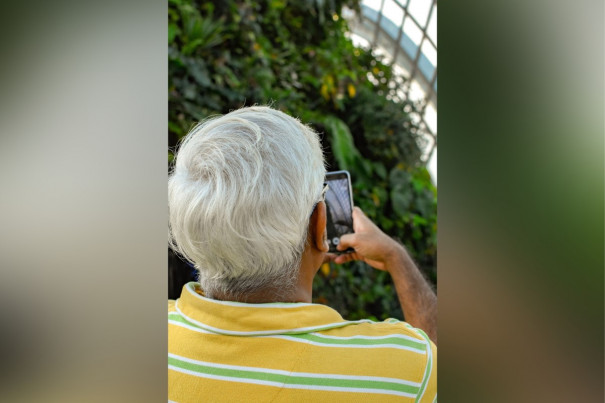
It is clear from talking to these seniors that their aversion to digital technology isn’t just a financial issue. They, like many of our older Singaporeans, have lived years without depending on the Internet and so they believe that online tools and digital technology should benefit only the young and that they are too old to learn.
Beyond staying current or bonding with grandchildren, how does digital technology bring ease and joy to seniors?
Perhaps more can be done in depicting digital technology as something that benefits seniors. So far, attempts to bridge the divide have taken the form of highlighting financial benefits and convenience while providing technical classes for free or at highly subsidised prices.
But we should approach this issue in a different way, to engage our seniors from the viewpoint of what is more meaningful to them. We should remind them that technology is another way of staying close to their loved ones. It’s not something just for the young, it is simply a way of reaching out and touching someone.
That is the way to overcome the fear and aversion — to remind them of who they are doing it for.
Organisations like The New Charis Mission, who have existing friendships with seniors and know their likes and dislikes, are in a prime position to depict digital technology in a way that caters to their lifestyle and interests. This personalised approach — simply of a friend teaching another how to use a handphone, for example — may make the learning more enjoyable and less daunting for the seniors.
We need to see digital technology from their point of view and bring seniors along on our Smart Nation journey, lest they wake up one day and step out into a society that feels alien to them.
If you like what you read, follow us on Twitter and Google News to get the latest updates.
